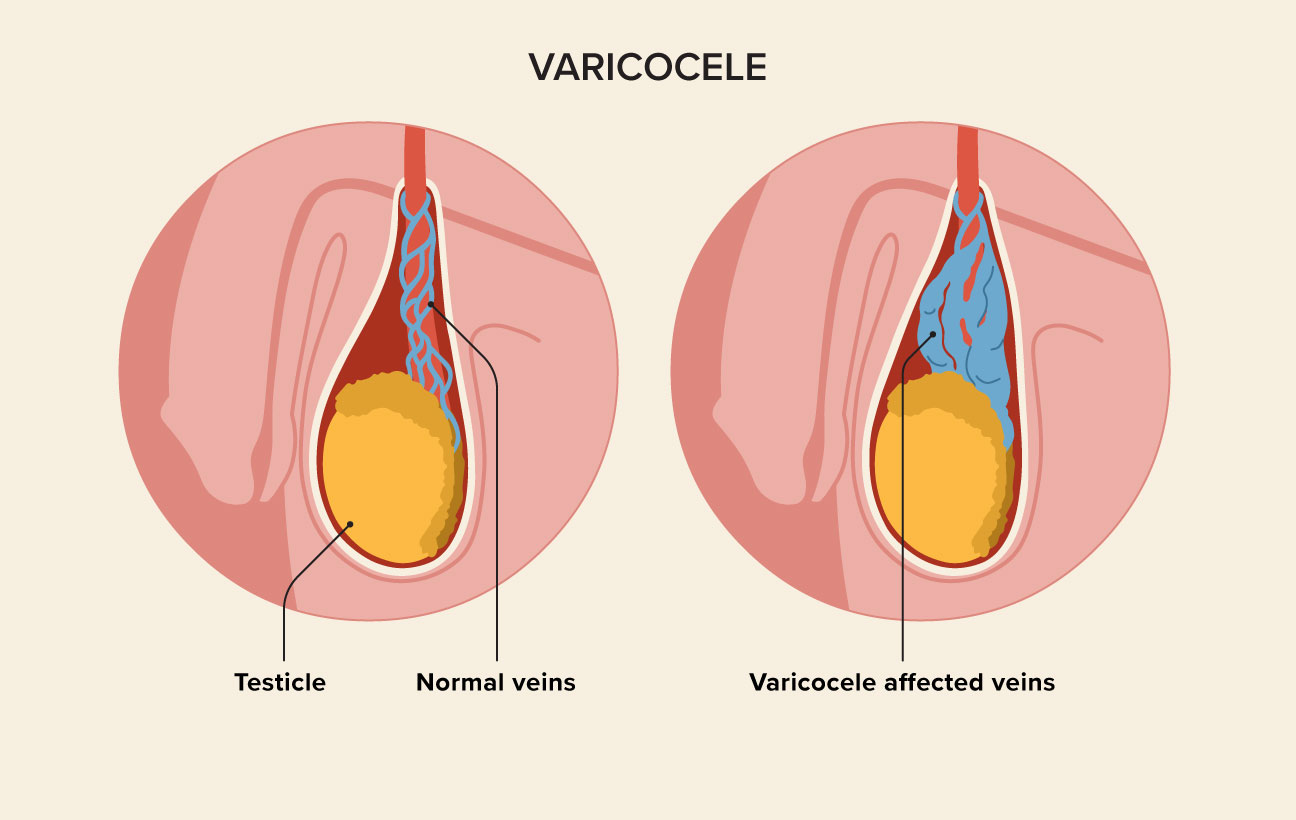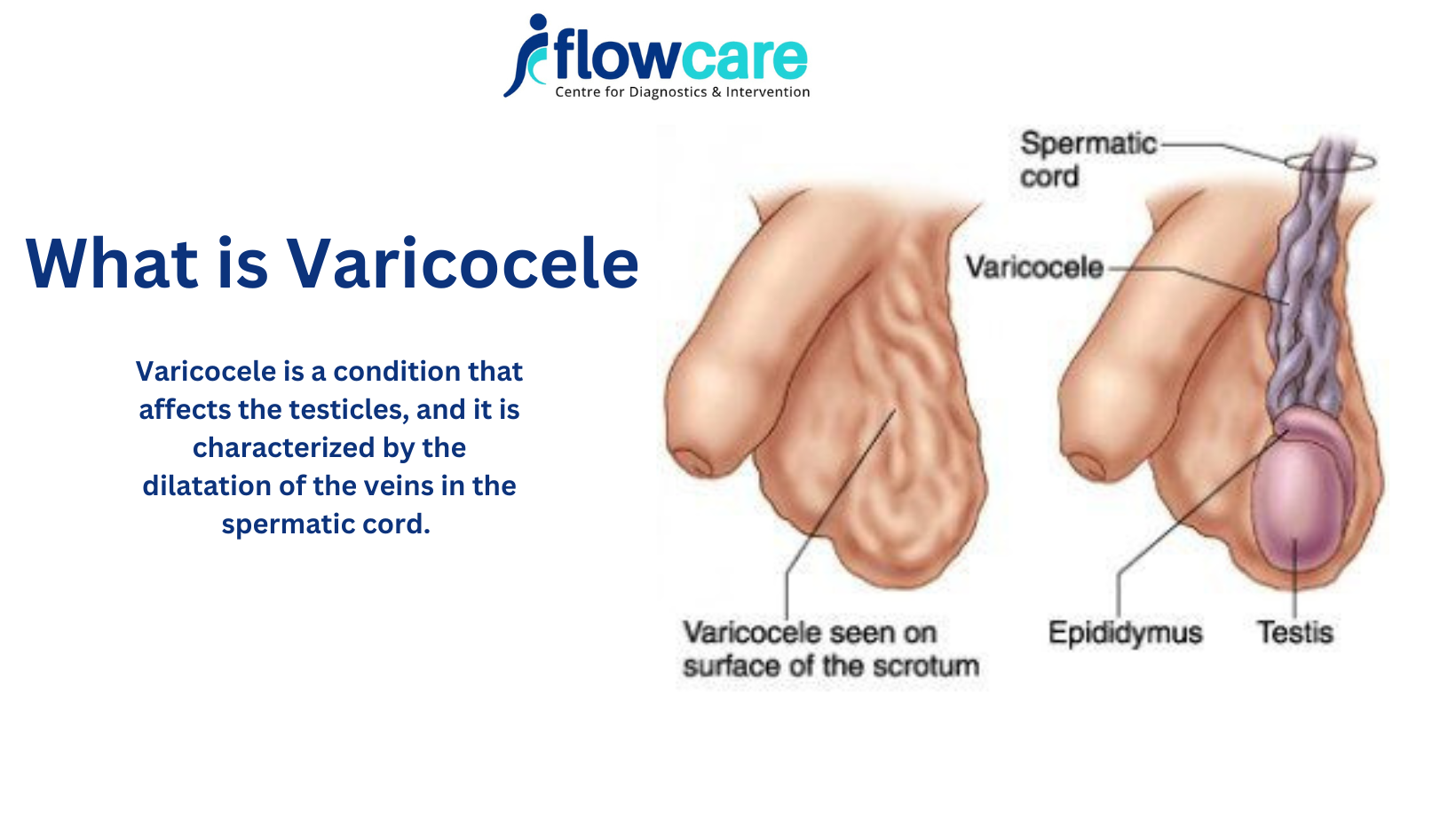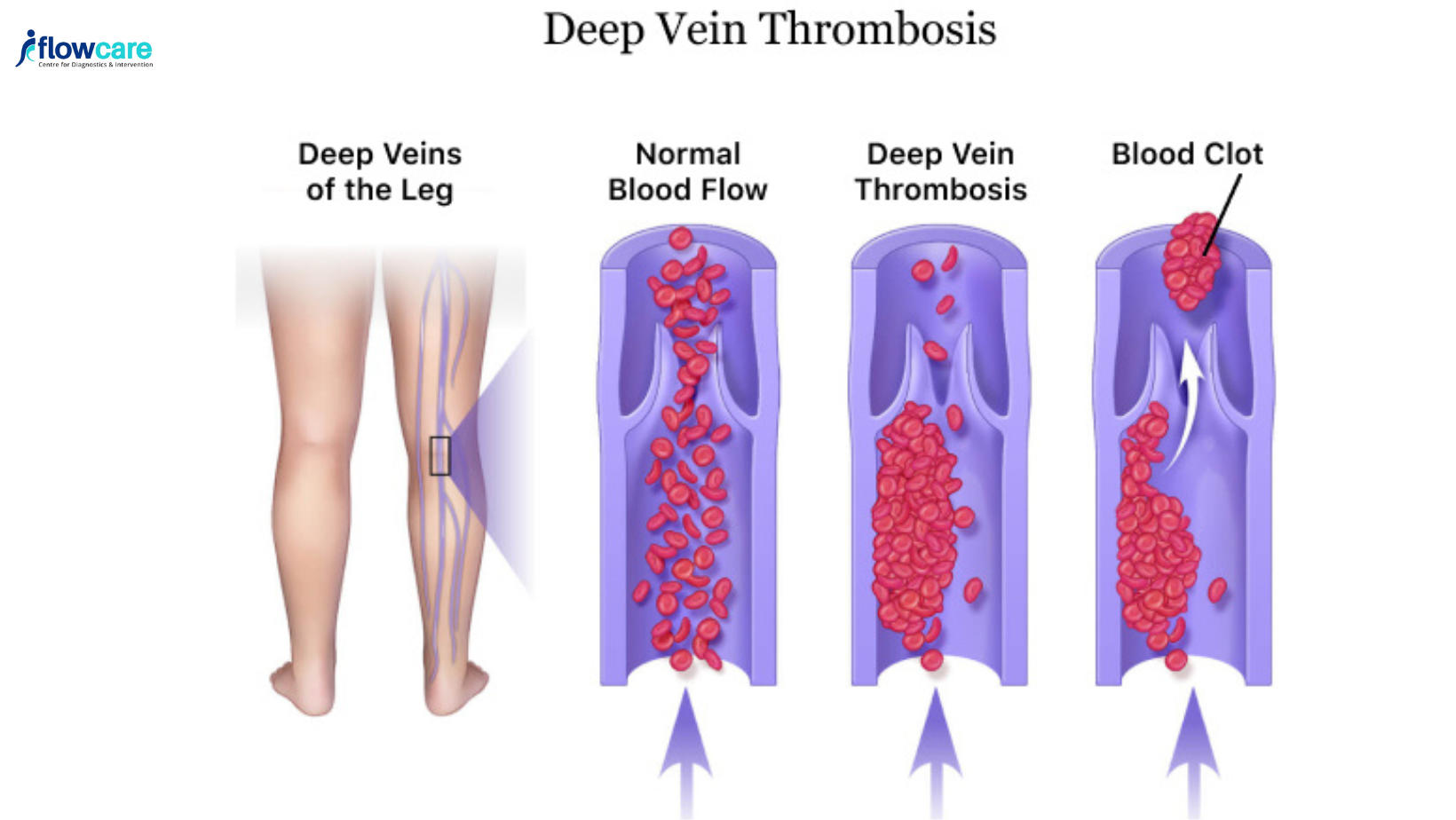
Trigeminal Neuralgia Demystified: What You Need to Know
Trigeminal neuralgia, often referred to as tic douloureux, is a debilitating condition characterized by intense facial pain originating from the trigeminal nerve. This nerve, responsible for transmitting sensations from the face to the brain, can become irritated or damaged, leading to excruciating pain episodes. For those suffering from trigeminal neuralgia, even routine activities like eating, talking, or brushing teeth can trigger agonizing pain.
Understanding Trigeminal Neuralgia
Trigeminal neuralgia typically manifests as sudden, stabbing pain in areas of the face, including the cheeks, jaw, lips, and forehead. The pain episodes can be triggered by everyday activities such as touching the face, chewing, or even encountering a gentle breeze. Patients often describe the pain as electric shocks or burning sensations, lasting from a few seconds to several minutes.
Causes and Symptoms
While the exact cause of trigeminal neuralgia isn’t always clear, it’s often associated with compression or damage to the trigeminal nerve. Conditions such as multiple sclerosis, tumors pressing on the nerve, or blood vessel abnormalities near the nerve can lead to its irritation or damage. Trigeminal neuralgia is a condition characterized by intense facial pain originating from the trigeminal nerve, which is responsible for transmitting sensations from the face to the brain. While the precise cause of trigeminal neuralgia isn’t always clear, several factors can contribute to its development:
- Compression or Damage to the Trigeminal Nerve: The trigeminal nerve can become compressed or damaged due to various underlying conditions. This compression or damage can lead to the nerve malfunctioning and sending abnormal pain signals to the brain.
- Multiple Sclerosis: Multiple sclerosis (MS) is a neurological condition that can cause damage to the protective covering of nerves, including the trigeminal nerve. When the trigeminal nerve is affected by MS, it can result in trigeminal neuralgia.
- Tumors Pressing on the Nerve: Tumors or growths in the vicinity of the trigeminal nerve can put pressure on the nerve, leading to irritation or damage. This pressure can disrupt the normal functioning of the nerve and contribute to the development of trigeminal neuralgia.
- Blood Vessel Abnormalities: Abnormalities in nearby blood vessels, such as blood vessels pressing against the trigeminal nerve, can also cause irritation or compression. This can result in trigeminal neuralgia symptoms.
Common symptoms of trigeminal neuralgia include:
- Sudden, Severe Facial Pain: The hallmark symptom of trigeminal neuralgia is intense, stabbing pain in areas of the face supplied by the trigeminal nerve. This pain can be excruciating and often described as electric shocks or burning sensations.
- Pain Triggered by Touch or Movement: Activities such as touching the face, chewing, speaking, or encountering a gentle breeze can trigger episodes of intense pain in individuals with trigeminal neuralgia.
- Episodes of Pain That Come and Go: The pain experienced in trigeminal neuralgia typically occurs in sudden, brief episodes that can last from a few seconds to several minutes. These episodes may occur sporadically or multiple times throughout the day.
- Pain Localized to One Side of the Face: Trigeminal neuralgia often affects one side of the face, although in some cases, it may eventually involve both sides.
Understanding these causes and symptoms is essential for accurately diagnosing trigeminal neuralgia and implementing appropriate treatment strategies to provide relief and improve the quality of life for affected individuals.
Seeking Treatment
Managing trigeminal neuralgia requires a comprehensive approach involving various medical specialists. Interventional radiologists play a crucial role in offering advanced treatment options to alleviate pain and improve the quality of life for patients.

Radiofrequency Ablation for Trigeminal Neuralgia
One promising treatment for trigeminal neuralgia is radiofrequency ablation (RFA). This minimally invasive procedure targets the affected trigeminal nerve with radiofrequency energy, effectively disrupting its ability to transmit pain signals to the brain. During the procedure, guided by imaging techniques such as fluoroscopy or CT scans, the interventional radiologist precisely delivers heat to the targeted nerve, offering long-lasting pain relief.
Advantages of RFA
- Minimally invasive: RFA is performed through a small incision, reducing the risk of complications and promoting faster recovery.
- Precision: The procedure targets the specific area of the trigeminal nerve responsible for transmitting pain signals, minimizing damage to surrounding tissues.
- Long-lasting relief: Many patients experience significant pain reduction and improved quality of life for months to years following RFA treatment.
Other Treatment Options
In addition to RFA, several other treatment modalities may be considered for managing trigeminal neuralgia, including medication therapy, nerve blocks, and surgical interventions such as microvascular decompression or gamma knife radiosurgery. The choice of treatment depends on various factors, including the severity of symptoms, underlying health conditions, and patient preferences.
Conclusion
Trigeminal neuralgia can significantly impact daily life, causing immense physical and emotional distress for those affected. However, with advancements in interventional radiology techniques like radiofrequency ablation, effective pain relief is within reach. If you or a loved one are experiencing symptoms of trigeminal neuralgia, don’t hesitate to consult with an interventional radiologist to explore available treatment options and regain control over your life.
Remember, relief from trigeminal neuralgia is possible, and you don’t have to face it alone. Reach out to a healthcare professional today to start your journey towards a pain-free life.
This article aims to provide comprehensive information on trigeminal neuralgia, its treatment options, and the role of interventional radiologists in managing this condition. If you have any further questions or concerns, please don’t hesitate to consult with a medical professional.







